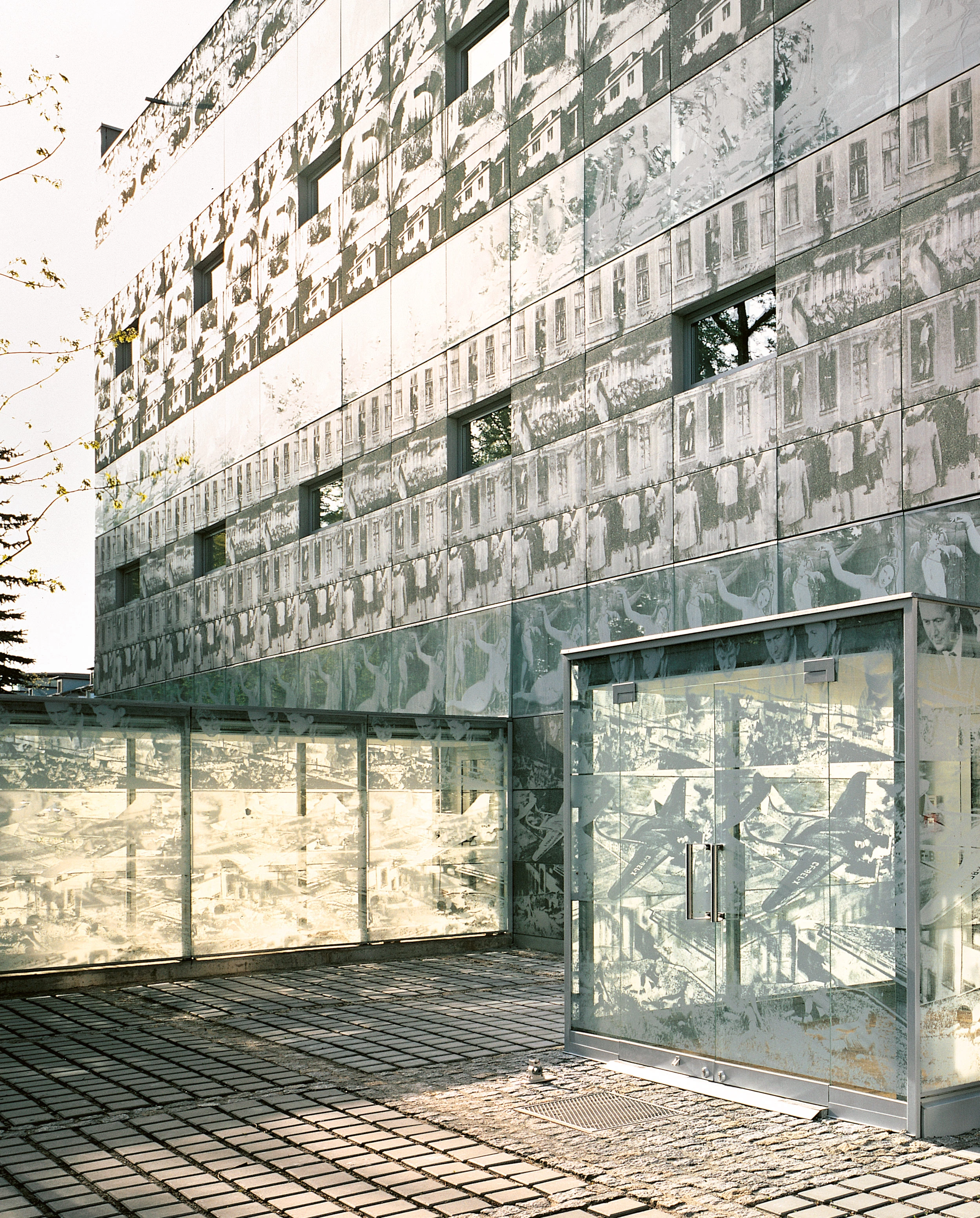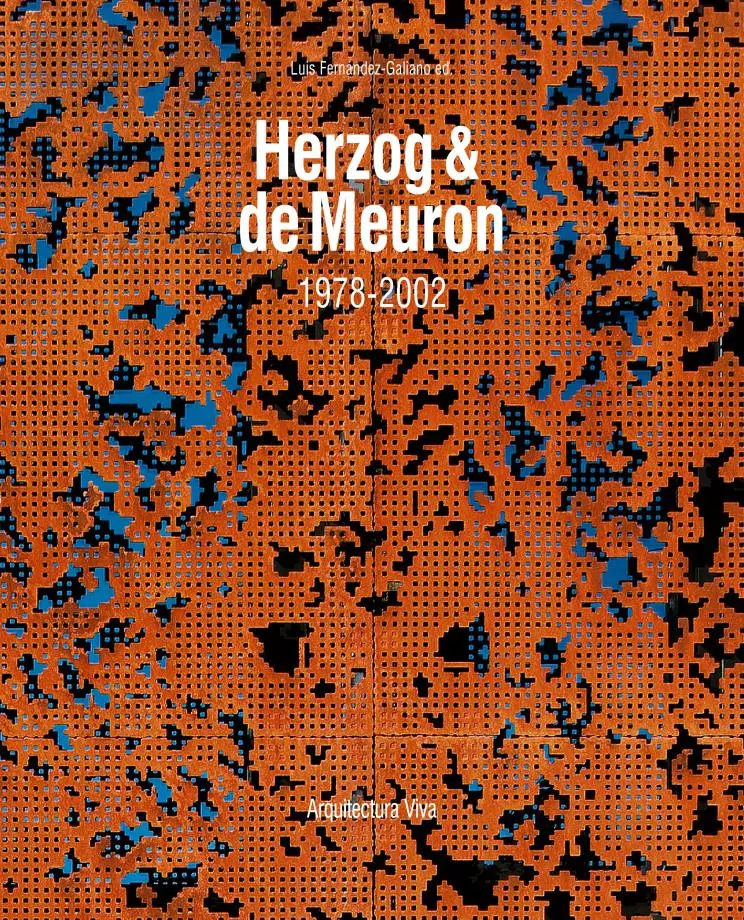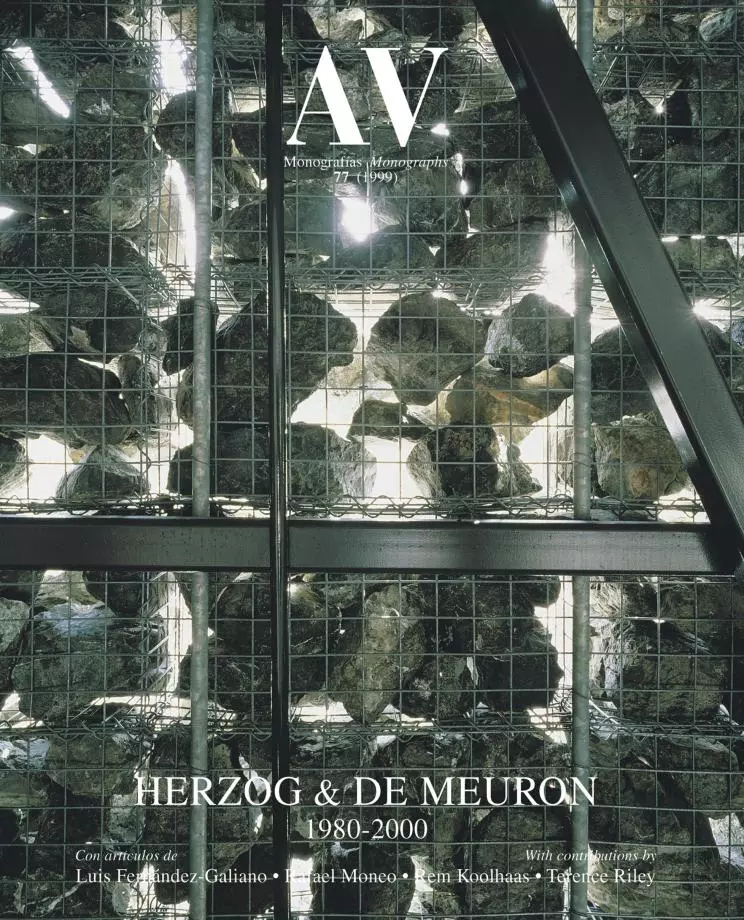Eberswalde Technical School Library, Eberswalde
Herzog & de Meuron- Type Culture / Leisure Library Education University
- Material Glass Screenprinted glass
- Date 1994 - 1999
- City Eberswalde
- Country Germany
- Photograph Margherita Spiluttini Christian Richters
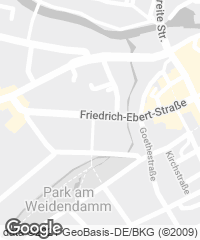
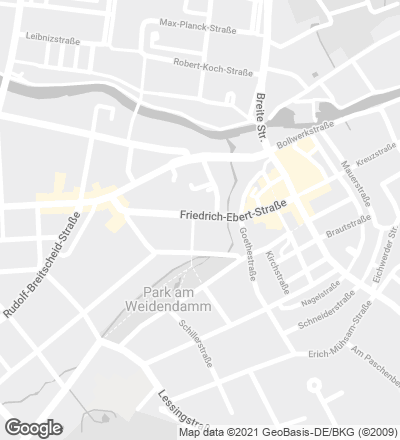
Like so many parts of the former East Germany, the urban landscape of Eberswalde still preserves the wounds of the war in its medieval area along with the typical prefab block architecture of the socialist period. The Technical University, founded as a Forestry Academy in 1830, is set alongside this disjointed centre, and has been subjected to the densification envisaged in the municipal rezoning plan which aims to promote growth within the existing boundaries. Closed in 1963 for political reasons, it has taken on a new impetus since being reopened in 1992. The growing number of students has made it necessary to complete the existing facilities with a library and classroom block commissioned by the Federal State of Brandenburg.
A series of independent buildings erected in the course of the 19th century draws a diffuse boundary for the campus, laid out around a wooded garden that is crossed diagonally by a stream. Occupying the free corners of the precinct, the library and classroom units complete the enclosure of this inner plaza which will be colonized as the nucleus for student activity. The new units continue the morphological diversity of the 19th century constructions that characterise the campus. The classroom block, a trapezoidal prism in brown clinker brick, and its oblique geometry take up the curvature of the stream that flows past the University refectory terrace on the ground floor. The library, on the other hand, is a parallelepiped proposed as a stratified succession of horizontal belts in concrete and glass. The terse surface formed by these panels is interrupted by the fenestration set back in the depth of the wall, coinciding with the visual plane of a seated reader on each floor.
The intentionally neutral architecture of the library is the backing for a complex iconographic programme, the result of collaboration with Thomas Ruff. This Düsseldorf artist uses the sequence of panels in different materials to structure the silk-screened motifs taken from the diary that he has been composing since 1981 on the basis of press clippings. Prototypes of aircraft that were never built and everyday domestic scenes of parents and children playing at being gods on an electric train are set alongside a Venus by Lorenzo Lotto, the ‘am Horn’ house by Gropius and a collection of beetles as a reflection of a sceptical vision of the world that takes in the breadth of history, culture, politics, and science.[+][+]
Cliente Client
Land Brandenburg
Arquitectos Architects
Jacques Herzog, Pierre de Meuron
Colaboradores Collaborators
P. Fürstenberger, A. Reuter, K. Darbellay, S. Kleinlein, Y. Rudolf; A. Meyer-Winderlich (dirección de obra site supervision)
Consultores Consultants
Thomas Ruff (fotografía photography); GSE (estructura structure); A. Rahn (instalaciones mechanical engineering)
Fotos Photos
Margherita Spiluttini, Christian Richters


